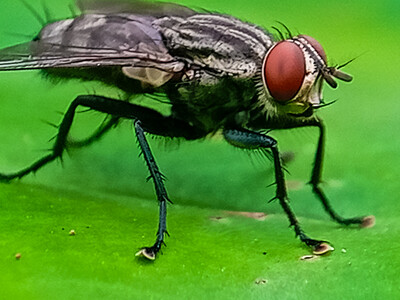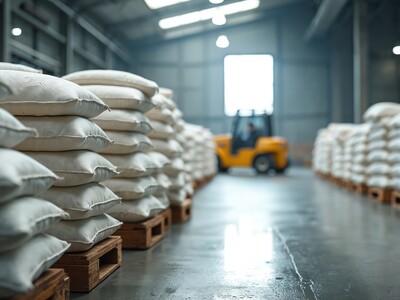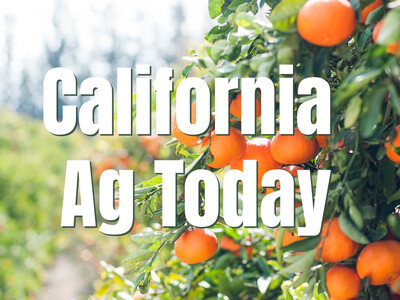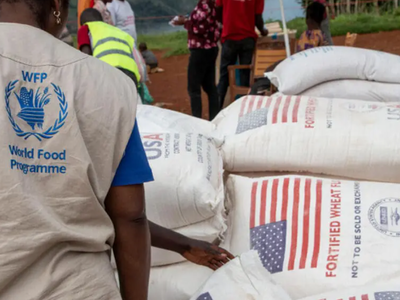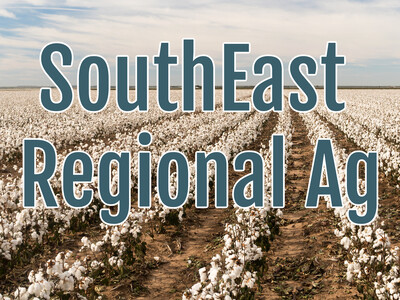Avian Influenza
As the number of confirmed highly pathogenic avian influenza cases have increased in recent weeks in wild birds and poultry flocks, both commercial and backyard surveillance efforts of North American flyways to detect potential infections have also increased. Koren Custer, National Incident Commander for USDA's Animal and Plant Health Inspection Service. Speaker2: He says Wildlife Services is conducting avian influenza surveillance and wild birds in the Atlantic and Pacific flyways and some of the flyways in between. And they're doing that to identify the existence of this Eurasian H5 clade of avian influenza viruses and these North American wild birds that can interact in the various flyways globally with wild birds from Europe and Asia. So APHIS earlier on this year confirmed highly pathogenic avian influenza in several states in the Atlantic Flyway, and they've recently expand the surveillance to include the Mississippi and Central Flyway is to increase our capability to track this disease through the United States and these wild birds abroad.The first months of 2020 to have started with the first confirmed cases of highly pathogenic avian influenza in our nation in two years, both in wild birds and commercial and backyard flocks among the states reporting cases to date Speaker2: Indiana, Kentucky, Virginia, New York, Maine, Delaware and Michigan. Speaker1: Usda Animal and Plant Health Inspection Service National Incident Commander Corinne Custer says biosecurity is of utmost importance to both commercial and backyard poultry flocks. Speaker2: When we talk about biosecurity, we just mean flock owners taking measures to keep their flocks safe and to keep them isolated and away from wild migratory waterfowl. Speaker1: Biosecurity resources for flock owners are available online at WWW. APHIS.USDA gov.





